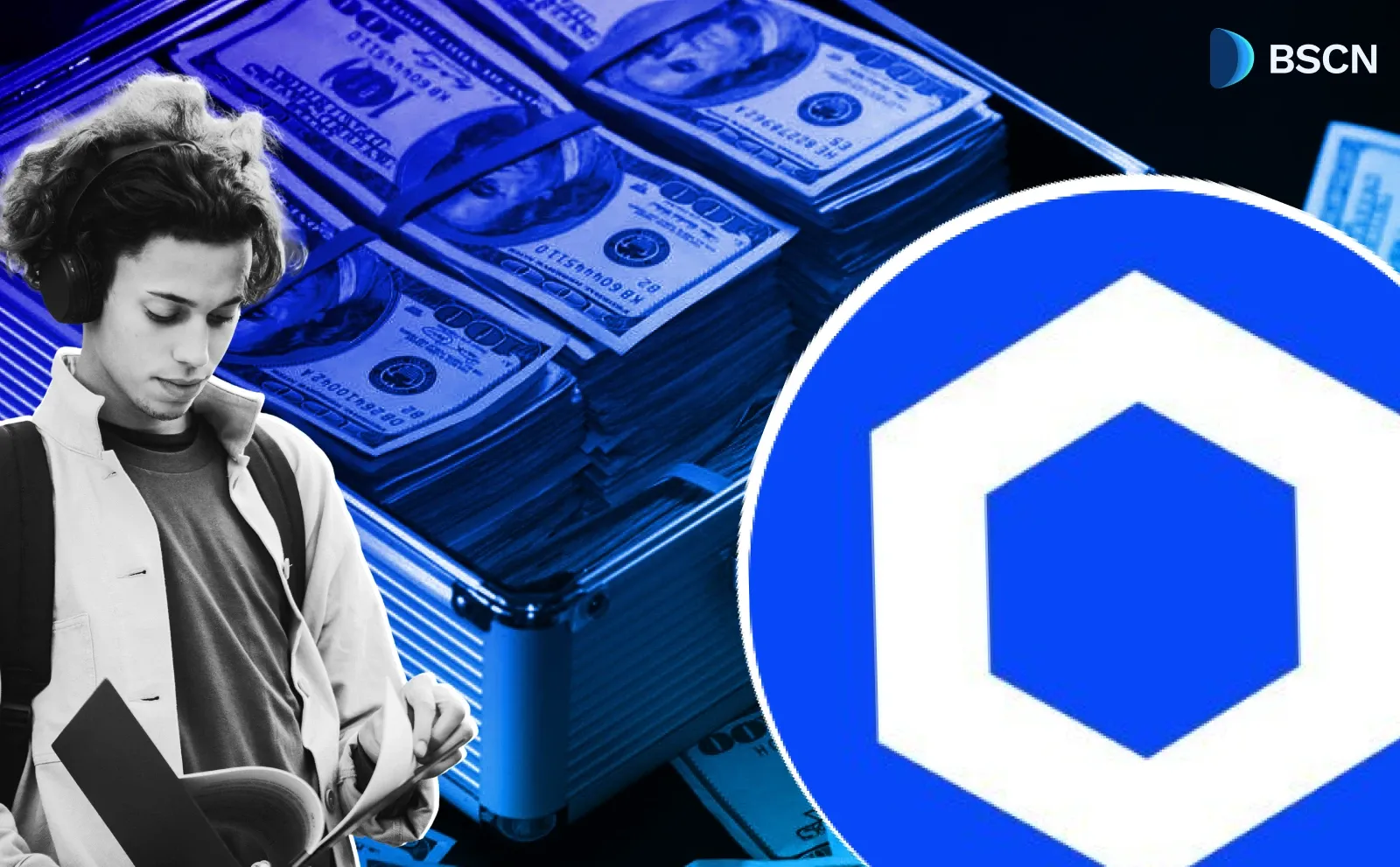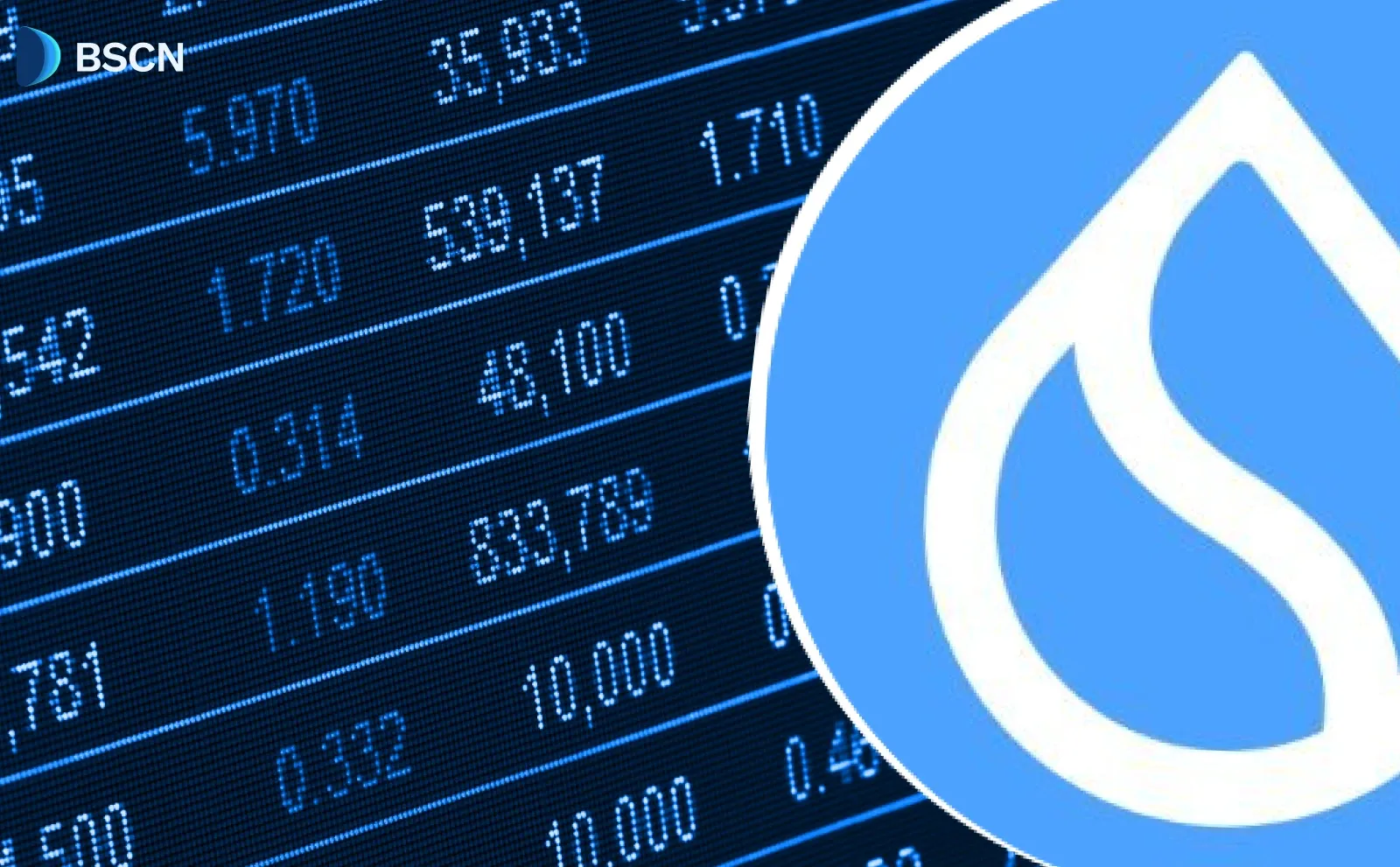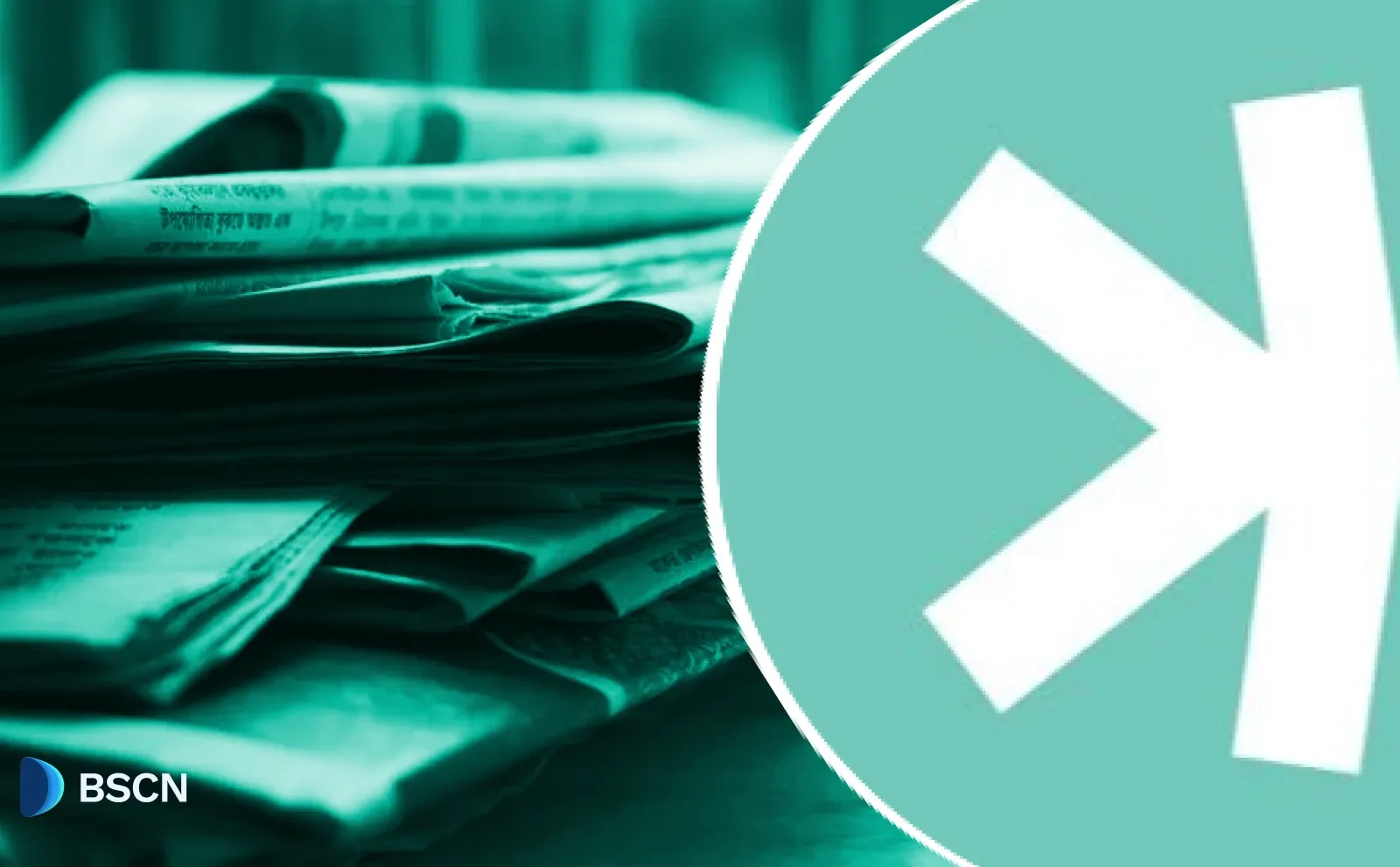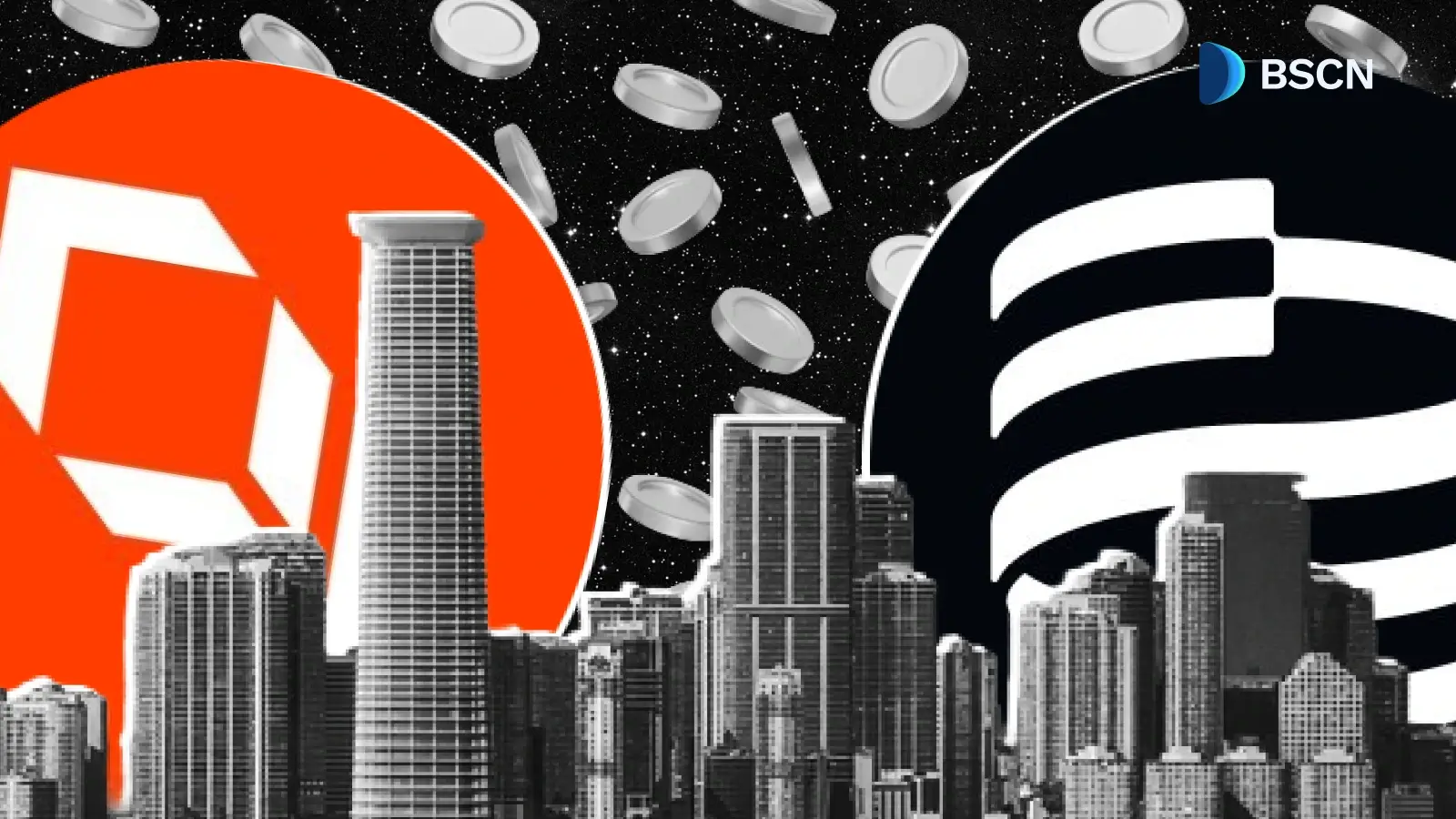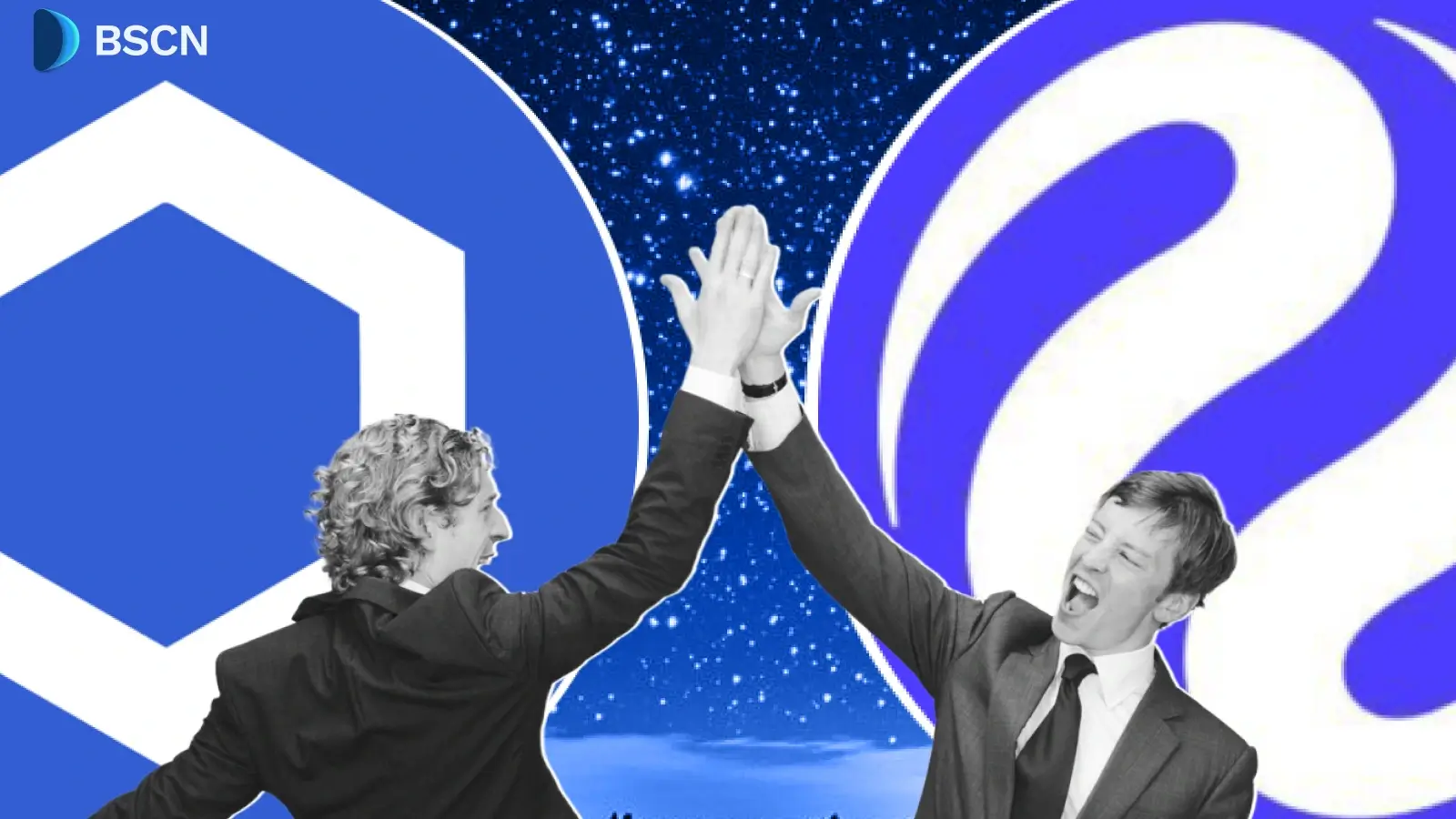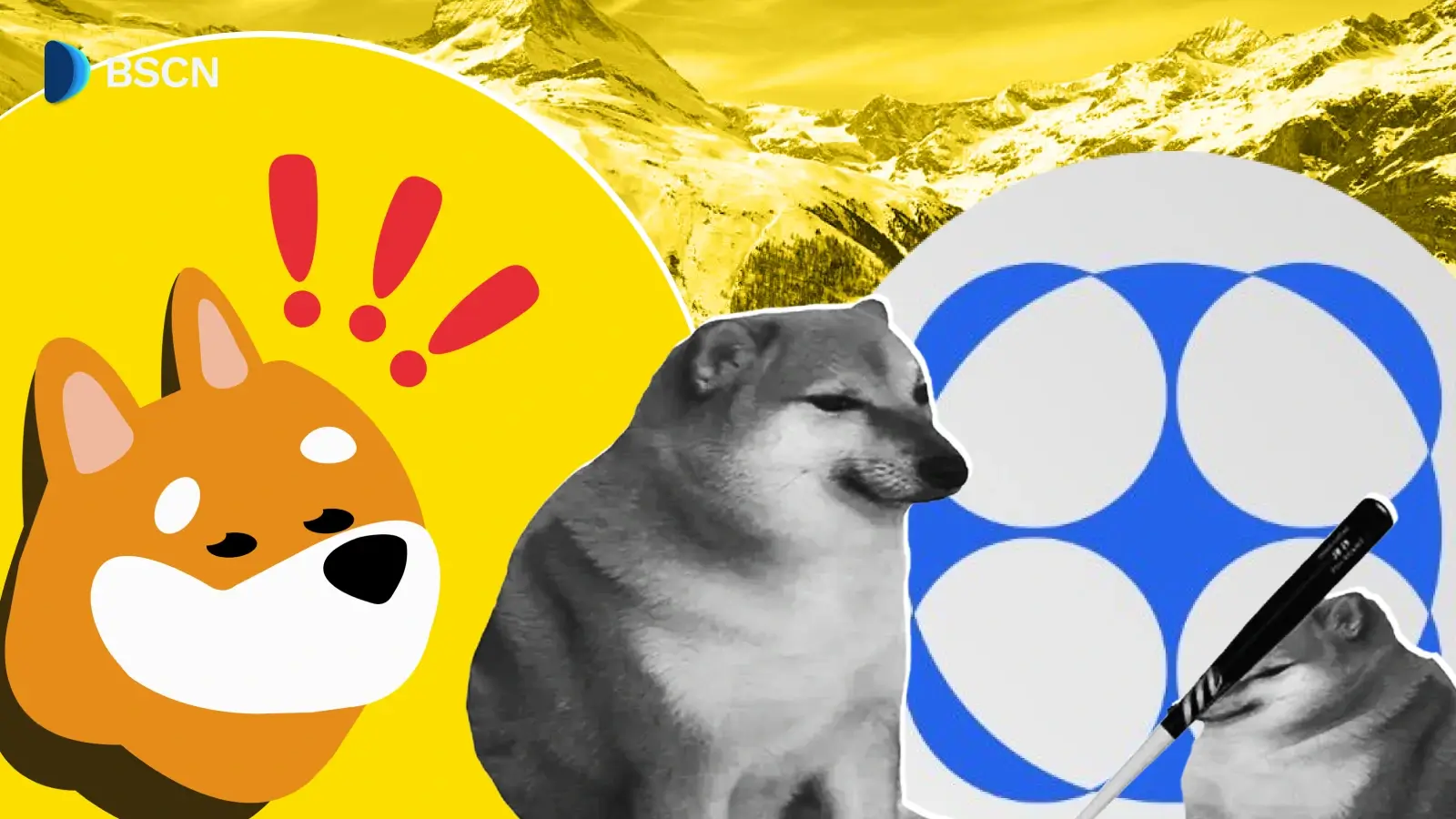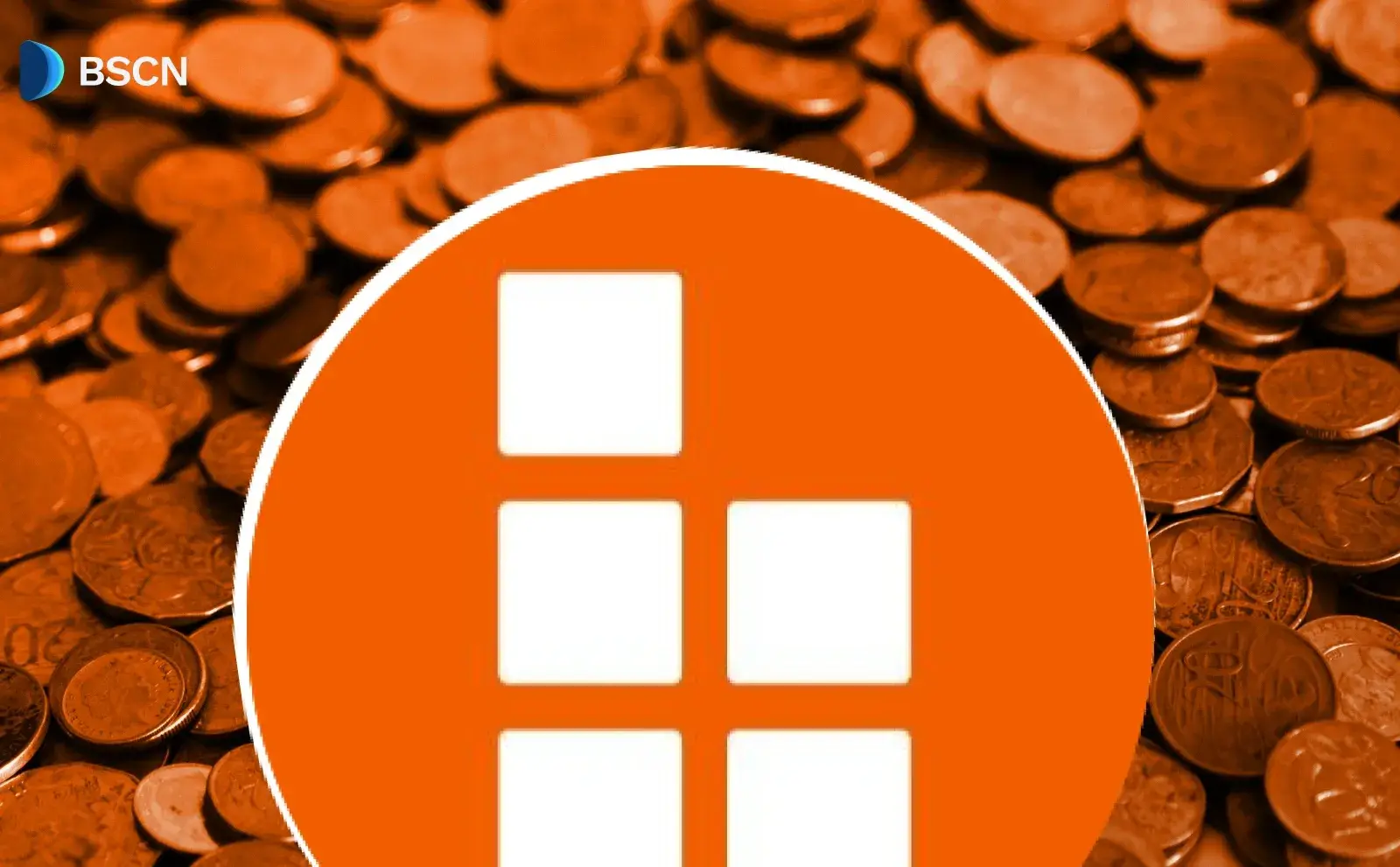Deepdive
(Advertisement)
Cardano $ADA: Complete Guide to the Third-Generation Blockchain Platform

Comprehensive guide to Cardano (ADA) - the research-driven third-generation blockchain platform. Learn about its proof-of-stake protocol, governance, roadmap, and why it matters in 2025.
Crypto Rich
June 24, 2025
(Advertisement)
Table of Contents
Introduction to Cardano's Vision and Blockchain Position
Cardano represents a bold attempt to fix what's broken in blockchain technology. While Bitcoin introduced digital money and Ethereum brought smart contracts, both platforms struggle with speed, energy consumption, and governance issues. Could a research-driven approach succeed where others fell short?
Launched in 2017, this third-generation blockchain takes a methodical approach. Instead of rushing to market, the team spent years researching and testing every component. The result? A network that uses 99% less energy than Bitcoin while supporting smart contracts and complex applications.
The platform's native cryptocurrency, ADA, honors Ada Lovelace—the world's first computer programmer. Today, ADA ranks among the top 10 cryptocurrencies globally. But Cardano aims higher than just being another digital coin. It's designed to become infrastructure for everything from financial services in developing countries to supply chain tracking for global corporations.
Two major milestones in 2024 and 2025 transformed the platform completely. The Chang hard fork in September 2024 initiated community governance, while the Plomin hard fork in January 2025 completed the transition. Control shifted from the founding team to the community itself—the culmination of a seven-year journey toward true decentralization.
The Genesis and Historical Development of Cardano
Founding Story and Early Vision
The story begins with a falling out. Charles Hoskinson co-founded Ethereum alongside Vitalik Buterin and others, but disagreements over commercial direction led to his departure in 2014. Rather than fade away, Hoskinson teamed up with Jeremy Wood to create something better.
Their company, Input Output Hong Kong (now Input Output Global), had an ambitious goal: build a blockchain that could actually change the world. Not through hype or quick fixes, but through rigorous science and methodical development.
Cardano launched on September 29, 2017, looking different from other crypto projects. The team had raised $62.2 million and distributed 57.6% of ADA tokens to early investors. Unlike platforms that promised everything immediately, Cardano's roadmap stretched across multiple years and development phases.
Development Era Timeline
Cardano's development follows a unique roadmap named after historical figures. Each era introduces specific capabilities:
Byron Era (2017): The foundation. This phase launched basic ADA transactions and introduced the Ouroboros proof-of-stake protocol. Users could store ADA in Daedalus and Yoroi wallets, but the network remained centralized during this early stage.
Shelley Era (2020): Decentralization arrives. In July 2020, community-run stake pools took control of the network. By early 2021, Cardano had become significantly more decentralized than Bitcoin or Ethereum. No single entity could control the blockchain anymore.
Goguen Era (2021): Smart contracts finally launch. The Alonzo hard fork in September 2021 brought Plutus smart contracts to Cardano. Developers could now build decentralized applications, create custom tokens, and explore DeFi protocols. The wait was over.
Basho Era (Ongoing): Optimization takes center stage. This phase focuses on scaling solutions like Hydra and various sidechains to boost performance and enable new use cases.
Voltaire Era (2024): Community governance begins. The Chang hard fork put ADA holders in charge of the network's future through on-chain voting and elected representatives.
Visionaries Behind Cardano: Charles Hoskinson and Jeremy Wood
Charles Hoskinson's Blockchain Journey
Charles Hoskinson didn't stumble into cryptocurrency—he dove in headfirst. Starting with Bitcoin mining in 2011, he quickly recognized the technology's potential to reshape finance and governance. His 2013 Bitcoin education course attracted over 80,000 students, proving his ability to explain complex concepts to mainstream audiences.
After helping launch Ethereum, Hoskinson found himself at odds with Vitalik Buterin over the project's direction. Should Ethereum remain a nonprofit, or operate as a for-profit venture? The disagreement led to Hoskinson's departure, but it also planted the seeds for Cardano.
His vision emphasized three principles: academic rigor, community governance, and real-world impact. Rather than moving fast and breaking things, Cardano would move methodically and build things right.
Building the Development Team
Building Cardano required more than just brilliant founders. Jeremy Wood brought the strategic and operational expertise needed to turn vision into reality. Together, they created an unusual structure for blockchain development.
Three organizations share responsibility for Cardano's growth:
- IOHK (Input Output Global): Handles the heavy lifting—engineering research and protocol development
- Cardano Foundation: Focuses on adoption, education, and community building
- Emurgo: Bridges the gap between Cardano's technology and commercial applications
This three-way partnership prevents any single entity from controlling Cardano's direction. It also ensures the project can survive even if one organization faces problems.
Major Milestones and Achievements in Cardano's Development
Engineering Excellence and Network Reliability
Seven years of operation. Zero network outages. That's Cardano's track record—a testament to careful engineering and thorough testing. While other blockchains have suffered from congestion, attacks, and technical failures, Cardano has quietly continued processing transactions.
The Ouroboros protocol deserves much of the credit. As the first peer-reviewed proof-of-stake consensus mechanism, it underwent extensive academic scrutiny before implementation. This scientific approach extends throughout Cardano's development process.
Recent upgrades have focused on performance and functionality. The 2022 Vasil hard fork improved transaction speed and reduced costs through several technical improvements. The Chang hard fork represents an even bigger leap—introducing comprehensive governance features that put the community in control.
Global Partnerships and Enterprise Applications
Cardano's partnerships extend far beyond the crypto community. In Ethiopia, the government uses Cardano to manage educational records for five million students. This isn't a pilot program—it's a live system handling real data for real people.
The Ethiopia partnership demonstrates Cardano's potential in developing economies. The same technology tracks coffee supply chains, ensuring farmers receive fair compensation and consumers get authentic products. It's blockchain solving actual problems, not just creating new financial instruments.
Other partnerships show the platform's versatility. New Balance tested sneaker authenticity tracking in 2019. Georgia's Ministry of Education uses Cardano for credential verification. These applications prove blockchain technology can work outside cryptocurrency trading.
Technical Architecture and Innovation
Ouroboros Proof-of-Stake Protocol
Energy efficiency matters for mainstream blockchain adoption. Cardano's Ouroboros protocol consumes just 6 GWh annually—99% less than Bitcoin's 110.53 TWh and 97% less than Ethereum's post-merge 0.2 TWh. This dramatic reduction isn't just good for the environment; it's essential for global scalability.
Ouroboros works by dividing time into epochs (five-day periods) and slots (individual time periods within epochs). Validators are randomly selected to create new blocks based on their stake in the network. The more ADA you hold and stake, the higher your chances of being chosen.
Security wasn't sacrificed for efficiency. Ouroboros underwent extensive peer review before implementation. Academic researchers studied the protocol's mathematics, game theory, and potential attack vectors. The result is a consensus mechanism that's both energy-efficient and cryptographically secure.
The upcoming Ouroboros Leios represents the next major evolution. This enhancement introduces input endorsers to dramatically boost transaction throughput while maintaining security guarantees. Early research suggests it could process thousands of transactions per second—putting Cardano in competition with traditional payment networks.
Two-Layer Architecture Design
Cardano splits blockchain functions across two specialized layers. Think of it like separating a car's engine from its entertainment system—each component can be optimized independently without affecting the other.
The Cardano Settlement Layer (CSL) handles ADA transactions with speed and low costs—similar to Bitcoin's approach but more efficient. When you send ADA to another wallet, this layer processes the transaction quickly and reliably.
The Cardano Computation Layer (CCL) runs smart contracts and decentralized applications using the Plutus programming language. The latest version, Plutus V3, which went live in 2024, supports advanced features including cross-chain bridges and cryptographic primitives that enhance DeFi protocols, NFT marketplaces, and interoperability with other blockchains.
This separation provides crucial flexibility. Developers can build complex applications without worrying about slowing down basic transactions. Users can send ADA quickly and cheaply while more sophisticated operations run in parallel.
Scalability and Interoperability Solutions
Blockchain networks face a fundamental challenge: as they grow, they often slow down. Cardano's approach to scaling involves multiple strategies working together to solve this problem.
Hydra represents the most innovative solution. Launched in 2023, this layer-2 system remains in active development and is being tested in select use cases, with broader adoption expected as tooling matures. Hydra processes transactions off the main blockchain, then settles final results on Cardano. It's like having express lanes on a highway—most traffic moves faster while the main road stays clear for essential transactions.
Peras offers another scaling breakthrough, focusing specifically on reducing transaction confirmation times. This makes Cardano more responsive for real-time applications and everyday use cases.
Sidechains provide specialized functionality while maintaining connection to the main network. Milkomeda C1 brings full Ethereum Virtual Machine (EVM) compatibility, allowing developers to port existing applications easily. Midnight focuses on privacy-preserving transactions for users and organizations requiring discretion.
The upcoming Ouroboros Leios promises even greater improvements. This enhanced consensus mechanism uses input endorsers to dramatically increase transaction throughput while maintaining Cardano's security guarantees—potentially making it competitive with traditional payment processors like Visa.
Governance and Community: Building a Decentralized Ecosystem
Chang Hard Fork and On-Chain Governance
September 1, 2024, marked a historic day for Cardano. The Chang hard fork didn't just upgrade the software—it fundamentally changed who controls the network. For the first time, ADA holders gained the power to shape Cardano's future through democratic voting.
In January 2025, the Plomin hard fork completed this transformation. Chang Phase 2 marked the final step in Cardano's transition to full community governance, transferring complete control from founding organizations to ADA holders themselves.
The governance system now operates through three key groups in active decision-making roles. The Interim Constitutional Committee provides oversight and ensures proposals align with Cardano's principles. Delegate Representatives (DReps) are elected officials who vote on behalf of their supporters. Stake Pool Operators, who secure the network, also participate in governance decisions.
This isn't theoretical democracy—it's live and operational. Since the governance activation, the Interim Constitutional Committee has reviewed over 30 treasury proposals in early 2025, including ecosystem funding and DeFi liquidity requests. Some proposals have been approved for community benefit, while others were rejected for constitutional or metadata reasons. ADA holders actively vote on proposals, delegate their voting power to trusted representatives, or abstain entirely.
Community-Driven Development
Project Catalyst showcases Cardano's commitment to community involvement. This funding program, once the primary innovation fund, is evolving to integrate with the new on-chain treasury system introduced in Voltaire. Project Catalyst is transitioning from off-chain voting to on-chain funding mechanisms, ensuring seamless integration with Cardano's new treasury governance model.
The results speak volumes. Catalyst has funded hundreds of projects, from developer tools to educational initiatives. Unlike traditional blockchain foundations that make funding decisions behind closed doors, Cardano lets the community decide where money goes.
The Cardano Foundation supports this growth through educational resources. The Developer Portal offers free courses for programmers new to blockchain development. The Academy provides learning modules for non-technical users interested in understanding the technology.
Developer Ecosystem Growth
Developer activity often predicts a blockchain's long-term success. By this measure, Cardano looks promising. Santiment, a crypto analytics firm, ranked Cardano as the top network for developer activity in 2023—a significant achievement given the competition from Ethereum and other established platforms.
This development activity translates into real applications. The ecosystem includes DeFi protocols, NFT marketplaces, gaming platforms, and enterprise solutions. While Cardano started later than Ethereum in supporting smart contracts, it's rapidly catching up in terms of functionality and adoption.
Community events and conferences help maintain this momentum. Regular meetups, hackathons, and developer workshops create opportunities for collaboration and knowledge sharing. The result is a growing ecosystem of builders working on diverse applications.
Future Roadmap: Scaling and Governance Evolution
Performance Optimization and Network Scaling
Cardano's roadmap continues with ambitious scaling initiatives. The ongoing Basho era prioritizes network optimization through several cutting-edge technologies.
Ouroboros Leios represents the next evolution of Cardano's consensus mechanism. This upgrade aims to dramatically increase transaction throughput while maintaining the security guarantees that make Cardano reliable. Early research suggests it could process thousands of transactions per second.
Peras offers another scaling solution, focusing on reducing transaction confirmation times. Combined with Hydra's layer-2 capabilities, these improvements could make Cardano competitive with traditional payment networks like Visa or Mastercard.
Interoperability remains a key focus. The Milkomeda C1 sidechain already enables Ethereum compatibility, letting developers port existing applications to Cardano. Midnight, a privacy-focused sidechain, will add confidential transaction capabilities for users and organizations requiring discretion.
Completing the Governance Transition
The Chang hard fork was just the beginning of Cardano's governance evolution. In January 2025, the Plomin hard fork successfully completed the transition to full community governance that began with Chang Phase 1.
The implications are significant and already visible. The community now controls not just voting on proposals, but also the network's treasury funds. Every transaction fee and staking reward contributes to a community-controlled fund that finances development, marketing, and ecosystem growth through democratic decision-making.
New tools like the Lace Wallet make participation accessible for everyday users. Instead of requiring technical knowledge to engage with governance, Lace provides a user-friendly interface for voting, staking, and managing ADA holdings.
Cardano now operates as one of the largest fully decentralized blockchain networks, with real-time community governance decisions actively shaping its future direction and development priorities.
Long-Term Vision and Global Impact
Charles Hoskinson's vision for Cardano extends far beyond cryptocurrency trading. He envisions a global operating system for finance, governance, and social coordination. This isn't just ambitious talk—it's backed by real progress in developing countries and enterprise applications.
The platform targets four key areas for future growth:
- Decentralized Finance (DeFi): Providing banking services to billions of people currently excluded from traditional financial systems
- Digital Identity Solutions: Giving people control over their personal data while enabling secure online interactions
- Supply Chain Management: Ensuring authenticity and fair compensation throughout global trade networks, from coffee beans in Ethiopia to luxury goods in Europe
- Democratic Governance: Enabling new forms of direct democracy where citizens vote on specific issues rather than just electing representatives
Perhaps most ambitiously, Cardano could make secure, transparent blockchain voting systems feasible for real-world democratic processes.
Why Cardano Matters in the Blockchain Landscape
The blockchain space is crowded with ambitious projects and bold promises. What makes Cardano different? Three factors set it apart: scientific rigor, community governance, and real-world impact.
Scientific rigor means every major component undergoes peer review before implementation. While other projects rush features to market, Cardano takes time to ensure they work correctly. This careful approach has resulted in seven years of flawless operation—no network outages, no critical bugs, no emergency shutdowns.
Community governance puts users in control of the platform's future. The Chang and Plomin hard forks created a comprehensive system for democratic decision-making that's actively in use. As a top 10 cryptocurrency, Cardano operates as one of the largest truly decentralized blockchain networks with live governance processes.
Real-world impact separates Cardano from purely speculative projects. The Ethiopia partnership alone affects five million students. Supply chain applications help farmers and consumers. These aren't pilot programs—they're live systems solving actual problems.
For developers seeking a stable platform, investors looking for long-term value, and organizations needing reliable blockchain solutions, Cardano offers proven technology, community governance, and global ambitions. The platform's methodical approach to development and emphasis on sustainability position it well for mainstream adoption in the years ahead.
Visit cardano.org for official documentation and updates, or follow @Cardano on X for the latest news.
Read Next...
Disclaimer
Disclaimer: The views expressed in this article do not necessarily represent the views of BSCN. The information provided in this article is for educational and entertainment purposes only and should not be construed as investment advice, or advice of any kind. BSCN assumes no responsibility for any investment decisions made based on the information provided in this article. If you believe that the article should be amended, please reach out to the BSCN team by emailing [email protected].
Author
 Crypto Rich
Crypto RichRich has been researching cryptocurrency and blockchain technology for eight years and has served as a senior analyst at BSCN since its founding in 2020. He focuses on fundamental analysis of early-stage crypto projects and tokens and has published in-depth research reports on over 200 emerging protocols. Rich also writes about broader technology and scientific trends and maintains active involvement in the crypto community through X/Twitter Spaces, and leading industry events.
(Advertisement)
Latest News
(Advertisement)
Crypto Project & Token Reviews
Project & Token Reviews
Comprehensive reviews of crypto's most interesting projects and assets
Learn about the hottest projects & tokens





